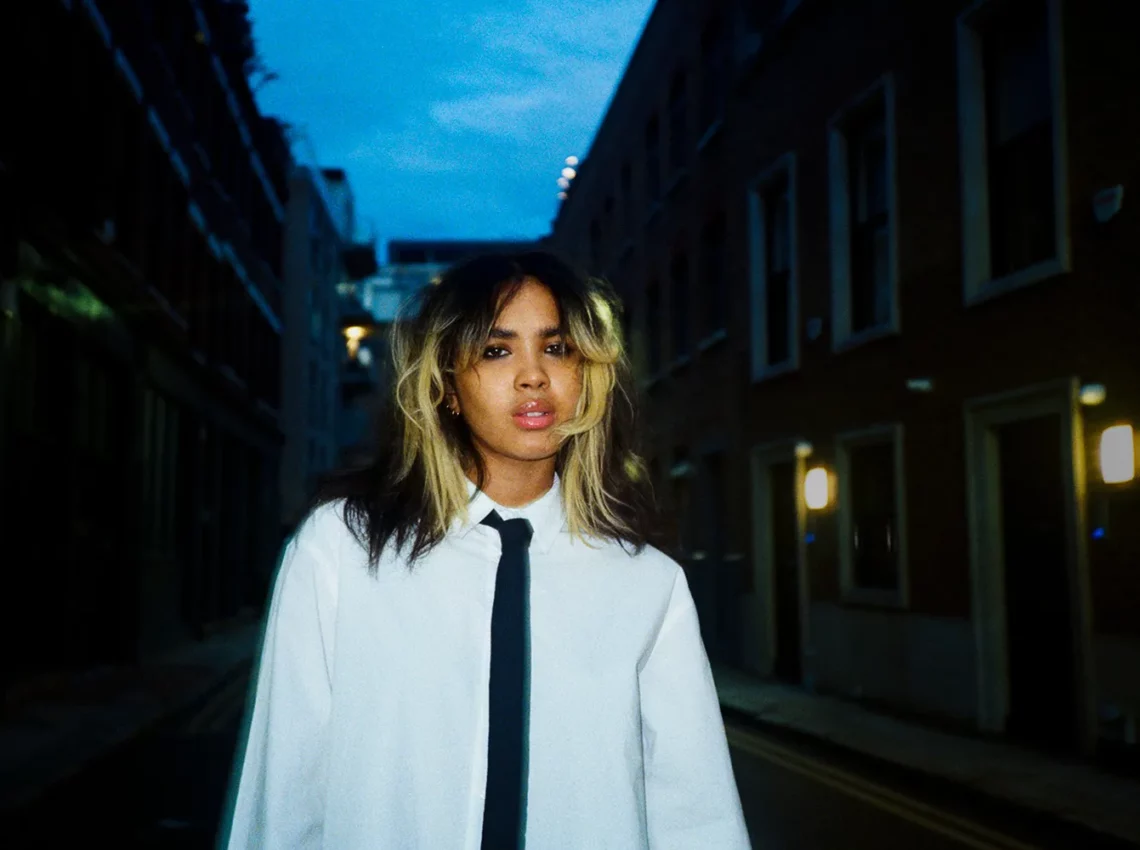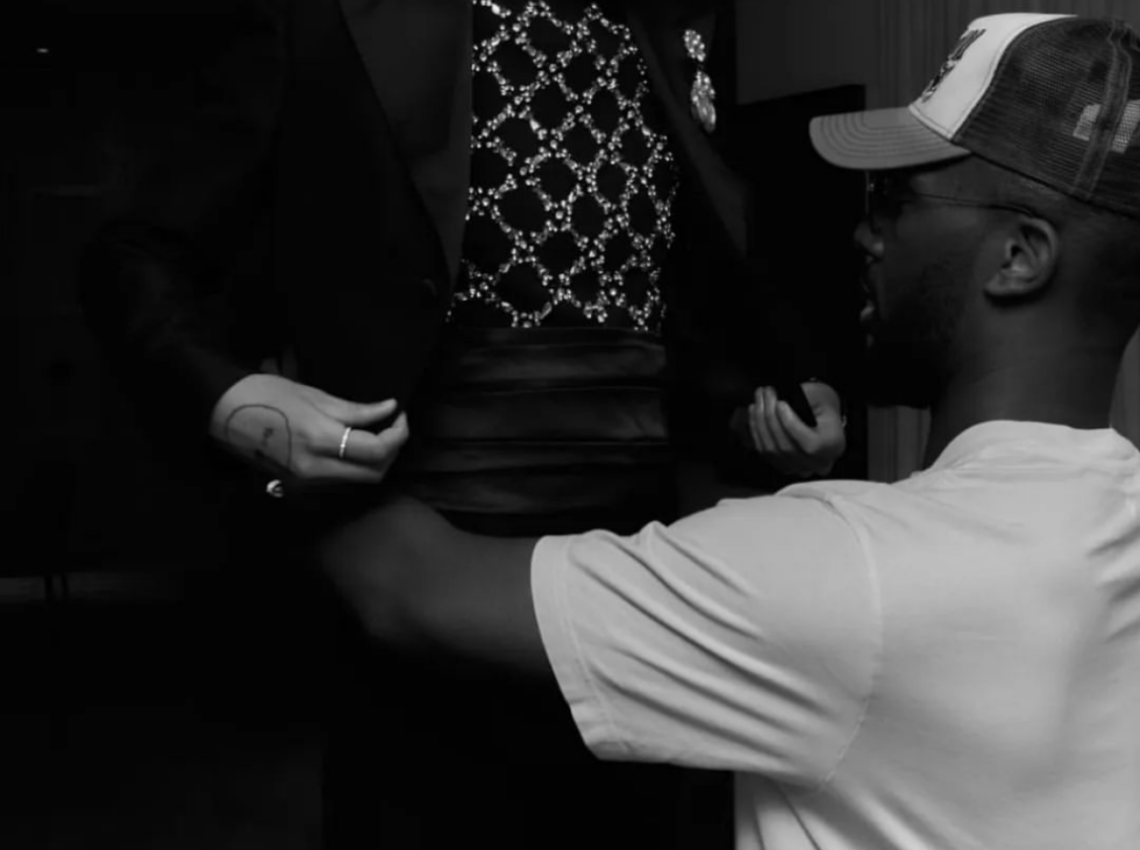In Conversation With Stylist Justin Hamilton
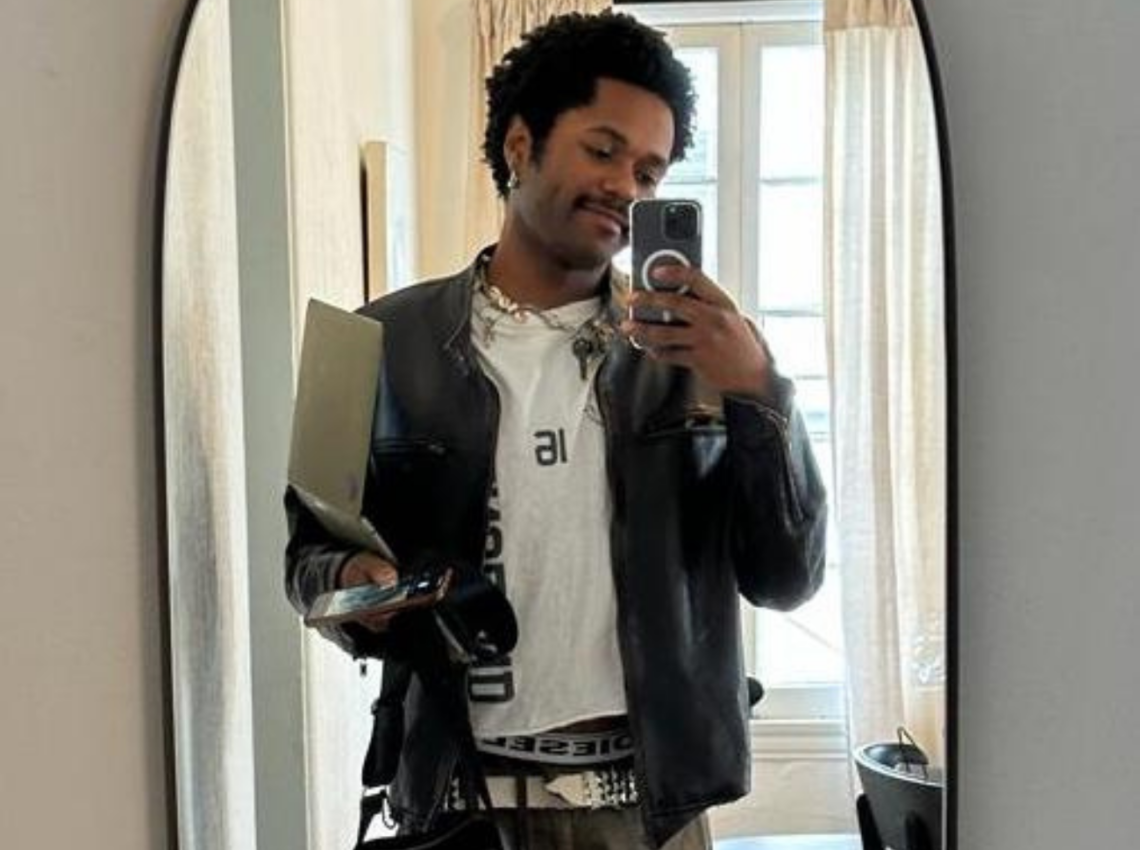

Earlier this year we looked at 3 stylists to watch in 2023, who I predicted were going to do amazing things. Now that it’s the end of the year I’m looking back at other stylists that made waves this year. I spoke to some established stylists with different backgrounds and work styles about their journey, what they wish they knew when they started, and what’s next.
For my penultimate conversation of this series, I sat down with Justin Hamilton. When Hamilton dropped out of college at 18, he wasn’t sure what his next steps were. But after doing a job with his sister who was a stylist at the time he discovered a career that ticked so many boxes: freedom, creative expression, independence and working for himself. 11 years later and Hamilton has made a name for himself producing stunning red carpet and editorial looks. Jourdan Dunn, Leigh-Anne Pinnock and Keke Palmer are just a few of the stars he’s dressed over the years. A truly kind, passionate and welcoming soul, Hamilton is testament to the fact that a rebellious spirit can unlock experimental, power and beautiful fashion moments. This energy of rebellion and communicating emotions is something that Hamilton is intentional about expressing through his work.
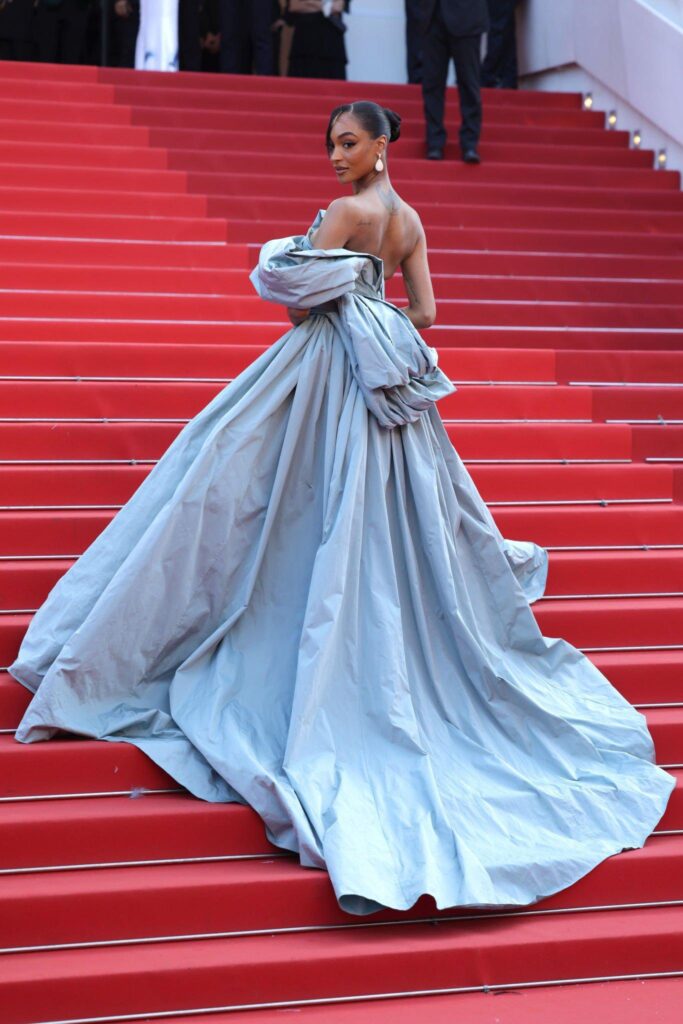



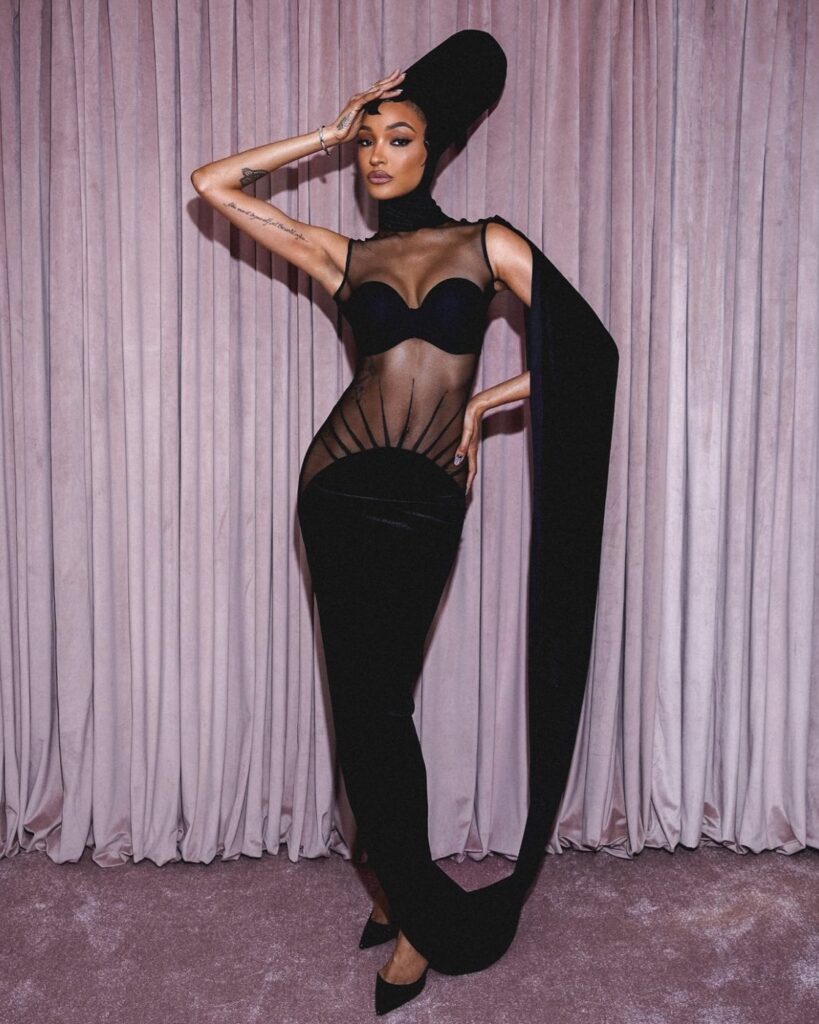

JR: You mentioned that you went back to university after you had already started styling, why did you feel that a degree was needed?
JH: It was mostly because I kind of felt like an outsider in the industry. I was fortunate enough to do one of my first few jobs with my sister, who was also styling at the same time. I saw that it was a job where you could have freedom. Also it was a way of sort of expressing my creativity and working for myself, because I couldn’t really see myself at a magazine because of the barriers like interning for free, which, just wasn’t possible for me as a working class kid in London. I couldn’t commit full time like other assistants. So I just felt really frustrated. I thought you know what, let me get a degree, maybe that will help me get a job at a magazine or something. I thought if I went to CSM (Central Saint Martins), studied fashion and became a better practitioner of different ideas, even just creative arts, I thought that would help.
JR: Did it help?
JH: CSM taught me how to research. It gave me the tools to communicate what I want to create, essentially. So it taught me how to get the ideas in my head, out of my head in a way that’s really good. And it taught me to stay inspired and to find inspiration in loads of different places. It also was nice to have a community, because it did feel quite lonely before I went to CSM as there wasn’t really anyone I knew that was in the industry. I would say it gave me the confidence in my own ideas. I think with fashion it’s extremely personal and it’s all about communicating things silently. Something can be anything. So I think that taught me how to look at it more like art as opposed to just like the commercial side of it. It’s more than buying or selling clothes.
JR: So you’re a Londoner born and bred. How has London impacted your fashion journey?
JH: I was born in North London, in Finsbury Park and grew up in the Crouch End, Highgate area – also North London. My mum was born in Tottenham and she’s Jamaican. So I think being from London and Jamaica has completely influenced my style. Like with Rude boy culture. Just looking at the music of people like Don Letts, London has completely informed my culture. I think it’s the idea of the Jamaican sort of, they took the British sartorial rules and sort of broke them and played with them in a way that I think is quite rebellious. It’s something I also like to do, the whole idea that you can’t wear like black and brown, I think is nonsense. You can’t wear navy and black. I just think all these ideas are just nonsense. I mean, as long as it makes you happy, that’s all that really matters. And I think that’s one thing that maybe I’ve learned, it’s a very Jamaican point of view, I think, because they just do whatever they want. And they dress themselves. So I think it’s definitely influenced me, like seeing my mum get ready with girlfriends and just be wild. Fashion is meant to be fun.
JR: You’re most well known for your showstopping womenswear red carpet looks, most recently Jourdan Dunn in Thai Huy at the fashion awards 2023. How does styling red carpet looks differ from editorials?
JH: I started off wanting to be an actor. And then I realised there weren’t many roles for black boys. So I thought about costume design for a little bit. I did loads of research. I also grew up with my mum as a hairdresser. And I always used to hear her say: “The most important thing was that the women leave feeling incredible and confident”. So I think that’s the first place where I start, is trying to figure out what this person wants, what they’re trying to unlock, and communicate that through clothes. I hate when you look at a look and you see the clothes and not the person or you see the dress and not the woman. I think clothes should accentuate the characteristics or personality of each person that I style. So for Jourdan, she’s like an ethereal, goddess-like presence because she’s the sweetest girl, like an absolutely amazing, kind, wonderful, sweet hearted woman. So I like making her look a bit mean, a bit like a villain, a bit bitchy. Like it’s just fun, because she gets to access and tap into like, a different character, a strong side of her like that’s what’s fun, and that’s what I find exciting. And then even for Leigh-Anne for example, there is an intrigue and sensuality about her that I think is very intense. So, I enjoy doing looks that are really expensive and alluring with her. It’s very interesting, like the difference in each person. I could never put the same thing on both of them, it just doesn’t work. It’s more so about tapping into the woman and trying to communicate what that woman wants to feel for that event, in her body, essentially.
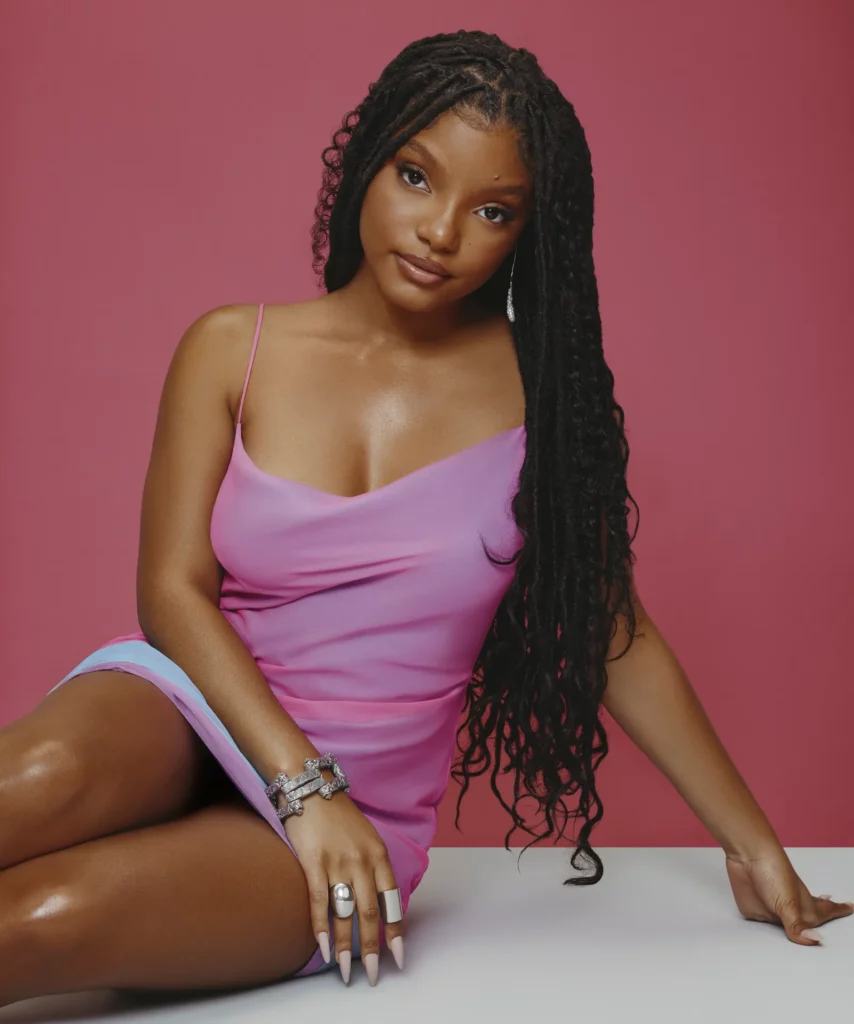

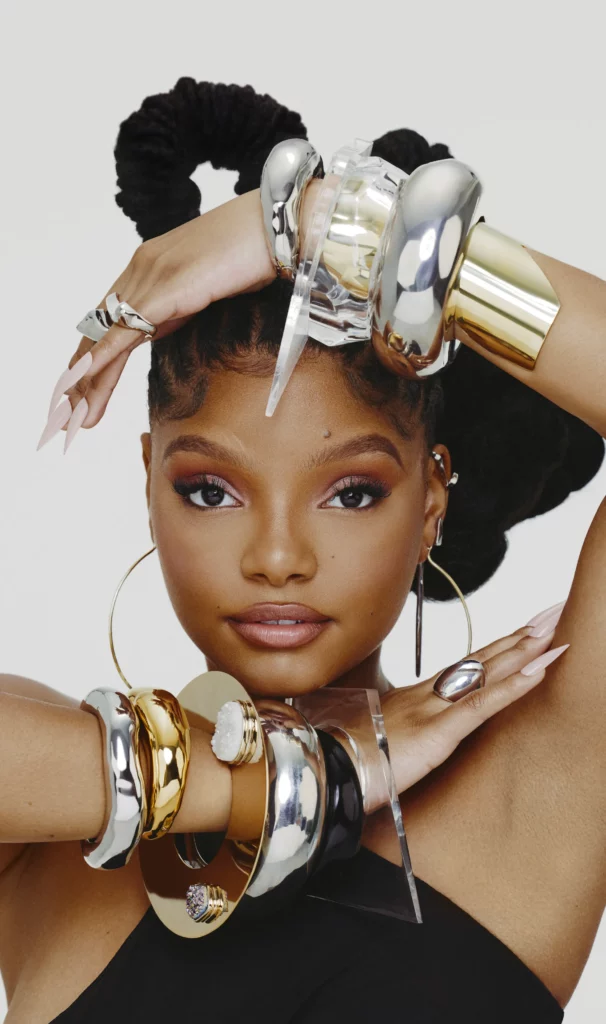

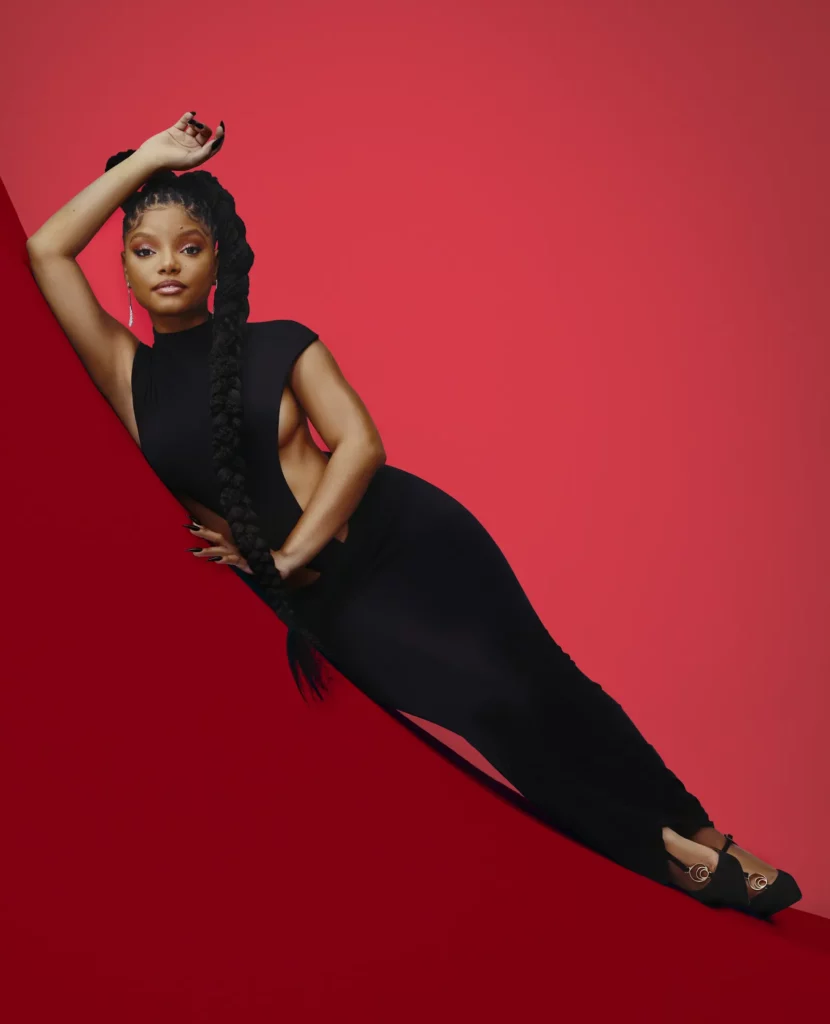

JR: So I guess, the process itself, if there was like a five step plan, it’s probably the same process. But the questions you asked, and where you end up is based on the woman, and that’s what changes?
JH: So I’ll ask them for adjectives like who do you want to be tonight? What do you want to give? Who do you want to be next week? What do you want to communicate? If they’re like, oh, I’m feeling like, something sexy or 90s, then we go from there, and then we just build on it. I mean, it’s never ever the case of me just pulling something and forcing it on them. It’s more of a conversation. My work is amazing, because I share a perspective with the women that I pick, and I trust and I believe that it is a very personal thing. Putting clothes on your body and getting someone to dress you is extremely personal and intimate. So I think it should be a conversation. Because no one could style me like I’m sorry, I couldn’t, I couldn’t do it. I’d be scared – I like what I like. So to give that trust over to someone else for me was a huge deal. Massive.
JR: What would you say is your favourite thing about styling? It’s been 11 years, what’s the thing that still makes you excited to go to work?
JH: I guess it’s just making the women that I work with happy, seeing them look in the mirror and they just can’t contain a smile.No matter what anyone else says, in this moment right now we’re happy and this is great. And I think that’s the best part. I think the most rewarding part is like making these extremely talented women happy.
JR: Stylists have been the backbone of the fashion industry for years but recently now more than ever the idea of what a stylist is and does is becoming mainstream knowledge. Some people see this notability as a positive, some see this as negative. How if at all has this increase in visibility of the styling industry affected your work?
JH: I think we have more people that are now pivoting from styling celebrities; it’s not seen as not cool anymore in editorial circles. Because you’ve got people like Carlos Nazario who are doing editorial and celebrity at the same time, and I think that’s really cool. At a point, I kind of felt like I was selling by doing celebrity styling and not chasing editorial. But I think you can make so much more of an impact through celebrity styling, which is one thing that I realised when you use the tools that you would in an editorial on a person on the red carpet, like it’s fun. Like, you’ll notice that every red carpet that I’ve done with Jourdan for a film is based on the theme of that film. So like, even though she’s not in the film, I think it’s nice to respect the event she’s going to. So with Black Panther, we had like full length braids, and this gorgeous yellow dress because it was inspired by the Nigerian goddess Oshun. So we’re like, let’s do a yellow. And then we had Renaissance. You’ve got Jean Paul Gautier, like a really big triangular, angular sort of house mother vibe. And for Little Mermaid, we have this l long knit mermaid dress that looked like fish gills, by Casablanca. We try to use editorial skills on the red carpet in order to stay exciting. It’s definitely a tool that can be used very strategically.
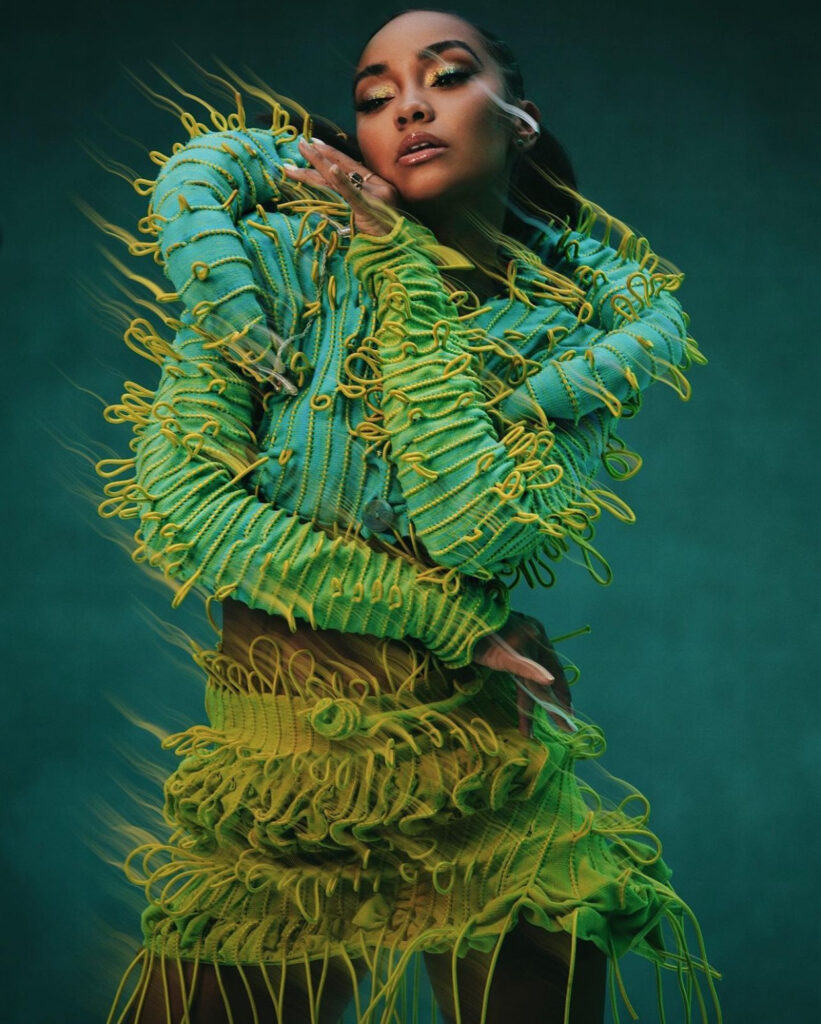

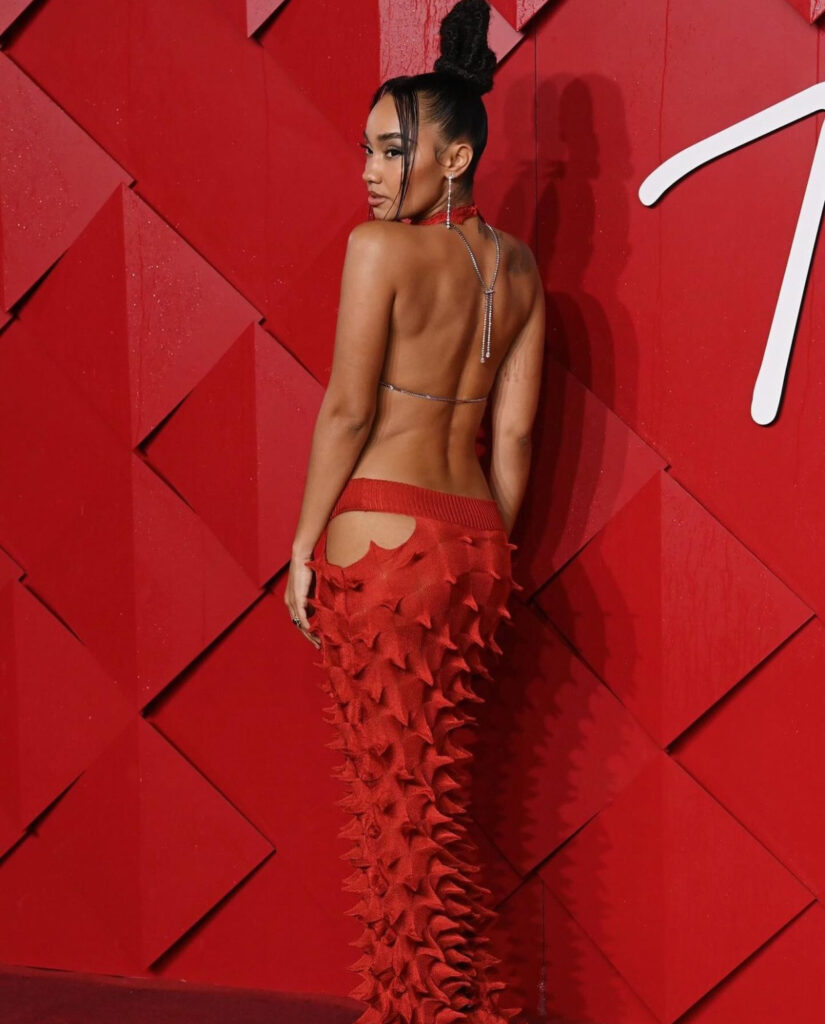



JR: If you could go back to your first year of styling what things did you wish you knew or things you did?
JH: The things you do now will inform the things you do in a couple of years’ time. So I think it’s just all about patience. And making sure you’re comfortable. I’vebeen in this industry for about over 10 years now, but it’s only the past two years where I felt that I could call myself successful, and felt comfortable. I know that’s stupid. I know that not true. But these are the voices we have in our head, because you have a goal. And if you don’t reach that goal, you think you’re a failure, but I think that’s just nonsense. If you’re on the track, and you’re on the path to doing something, you are successful in it, because everything takes time. I feel anything worth having takes time. You can’t be a stylist for a year and then beat yourself up about not being where you want to be. Like just wait, it takes time. Just saying that you’re gonna do something is the most terrifying thing ever. So once you’re doing it like you’re halfway there, and then consistency is all you really need. The hardest part is starting.
JR: So you’re 11 years in, 5 years since you graduated from CSM. What can we expect next? What are you excited about? For this next stage?
JH: I’d like to, I mean, I’d like to work more with people who I think are legends. I’d always obviously love that. I’d also love to create a jewellery brand. I also want to do some more work outside of styling, like creative direction, or directing. I still love styling, I still think it’s great. But there are ways I want to communicate that aren’t just editorials or red carpet. There’s a lot more I want to add or give, essentially, so let’s see.
His “why not?” approach towards fashion and styling is what makes him and his work so exciting. Highly intelligent and clearly kind hearted, he approaches styling his clients with care and sensitivity because he holds how they choose to present to the world in high esteem. With creative direction and potentially a new jewellery brand, and definitely more showstopping red carpet fashion moments, whatever the future holds for Justin Hamilton I’ll be watching excitedly with bated breath. Without a doubt, it’ll stop you in your tracks and empower you to break every fashion rule you’ve ever followed.





![ZINO VINCI’S ‘FILTHY & DISGUSTING’EP BRINGS YOU TO THE CORE OF THE ARTIST [@ZinoVinci]](https://guap.co/wp-content/uploads/2023/10/Zino-4.jpg)

